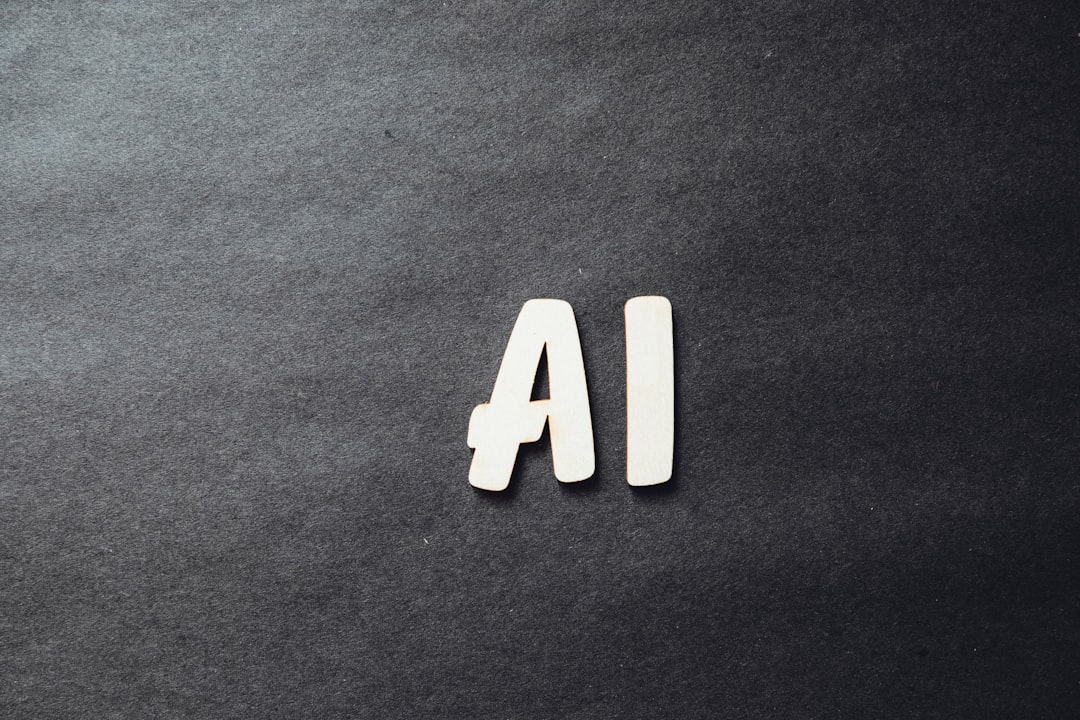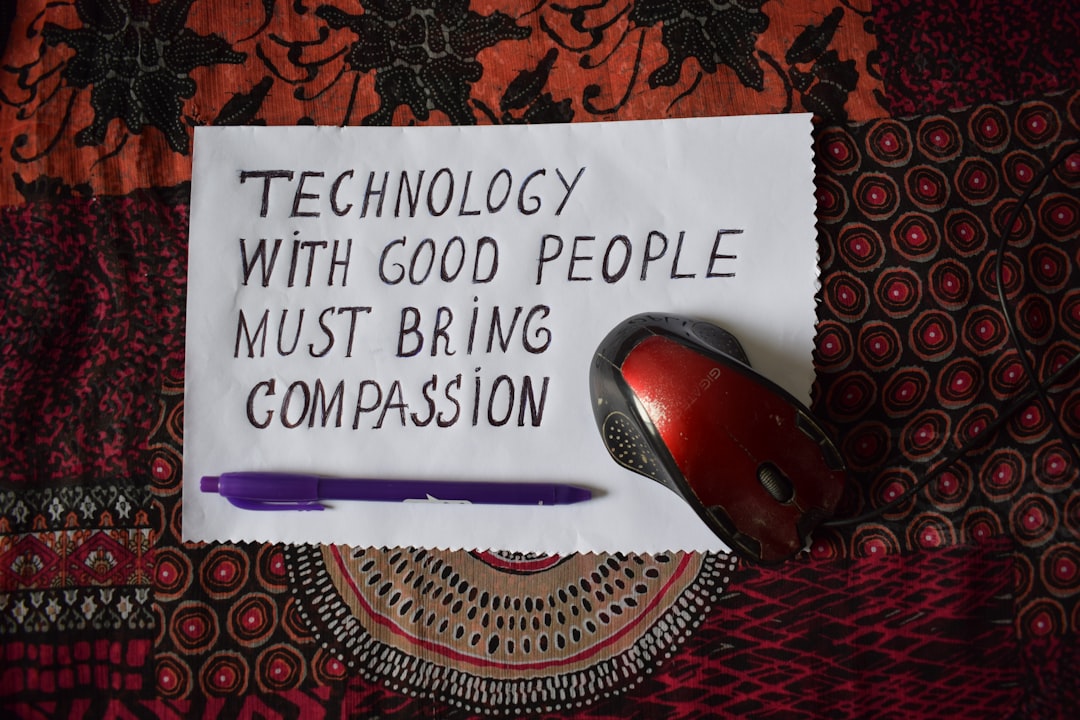**Red teaming is a crucial practice in AI development**, aiming to enhance the safety, security, and intelligence of AI models by proactively identifying potential vulnerabilities before they can be exploited. As artificial intelligence increasingly integrates into various aspects of life, from healthcare to autonomous driving, ensuring its reliability becomes paramount. This article delves into the fundamentals of red teaming, its significance, and how it contributes to building smarter and safer AI models for tomorrow.
In military and cybersecurity contexts, “red teaming” refers to the practice of simulating attacks on systems to find and fix potential vulnerabilities. When applied to AI, red teaming involves challenging AI models with a variety of potential threats and exploits in a controlled environment. This methodology is akin to a stress test, offering a comprehensive assessment of how resilient an AI model is to unexpected inputs or manipulations.
AI models are trained on large datasets, and their decisions are influenced by the quality and diversity of data they receive. However, these models can sometimes exhibit biases or unexpected behavior when faced with novel situations. Red teaming helps identify these blind spots by systematically probing the AI with adversarial inputs, thereby revealing any weaknesses the developers may have overlooked.
**The Importance of Red Teaming for AI Security**
Security is a pivotal concern in AI. As AI technologies become more autonomous, they also become more susceptible to exploitation. This susceptibility raises concerns across industries, from finance to transportation, where AI-driven decisions can have significant repercussions. By implementing red teaming, developers aim to shore up their AI systems against these vulnerabilities.
A critical example lies in the field of autonomous vehicles. An automobile that’s reliant on AI to make split-second decisions on the road must be impeccable in its decision-making capabilities. If an AI model can be tricked by altering road signs or simulating non-existent obstacles, the consequences could be catastrophic. Red teaming allows developers to simulate these and other scenarios, improving model robustness and ensuring a vehicle’s AI can handle the myriad challenges it might encounter.
**Enhancing AI Intelligence Through Adversarial Testing**
Beyond security, red teaming plays a crucial role in enhancing AI’s intelligence. By confronting models with difficult, sometimes adversarial scenarios, they push the boundaries of how these models think and respond. This practice fosters a deeper understanding of their operational limits, encouraging the development of AI that is truly intelligent and capable of understanding complex, nuanced situations.
Moreover, this approach aids in improving AI’s interpretability – a critical factor in building trust between humans and machines. As AI models grow more complex, understanding their decision-making processes becomes challenging, both for developers and users. Through thorough testing against a gamut of inputs and situations, researchers gain insights into decision pathways that an AI model might take, illuminating otherwise obscure aspects of its inner workings.
**The Future of AI with Robust Testing Practices**
As the world becomes more interconnected, the role of AI will only expand, making it imperative to adopt rigorous testing and validation practices, such as red teaming. By doing so, developers ensure the deployment of AI systems that are not only intelligent but also secure and reliable.
Looking ahead, as AI technologies evolve, so will the techniques used for their testing and refinement. Red teaming will continue to be a fundamental tool, evolving to meet the challenges posed by next-generation AI systems. Its role will be crucial in maintaining the delicate balance between the amazing potential of AI and its inherent risks.
In conclusion, as AI technologies proliferate, the need for robust test methodologies like red teaming grows ever more critical. By strategically exposing potential weaknesses and optimizing AI models for security and intelligence, we pave the way for a safer, smarter future built on trustworthy AI systems.
AI
Red team AI now to build safer,smarter models tomorrow
















Leave a Reply